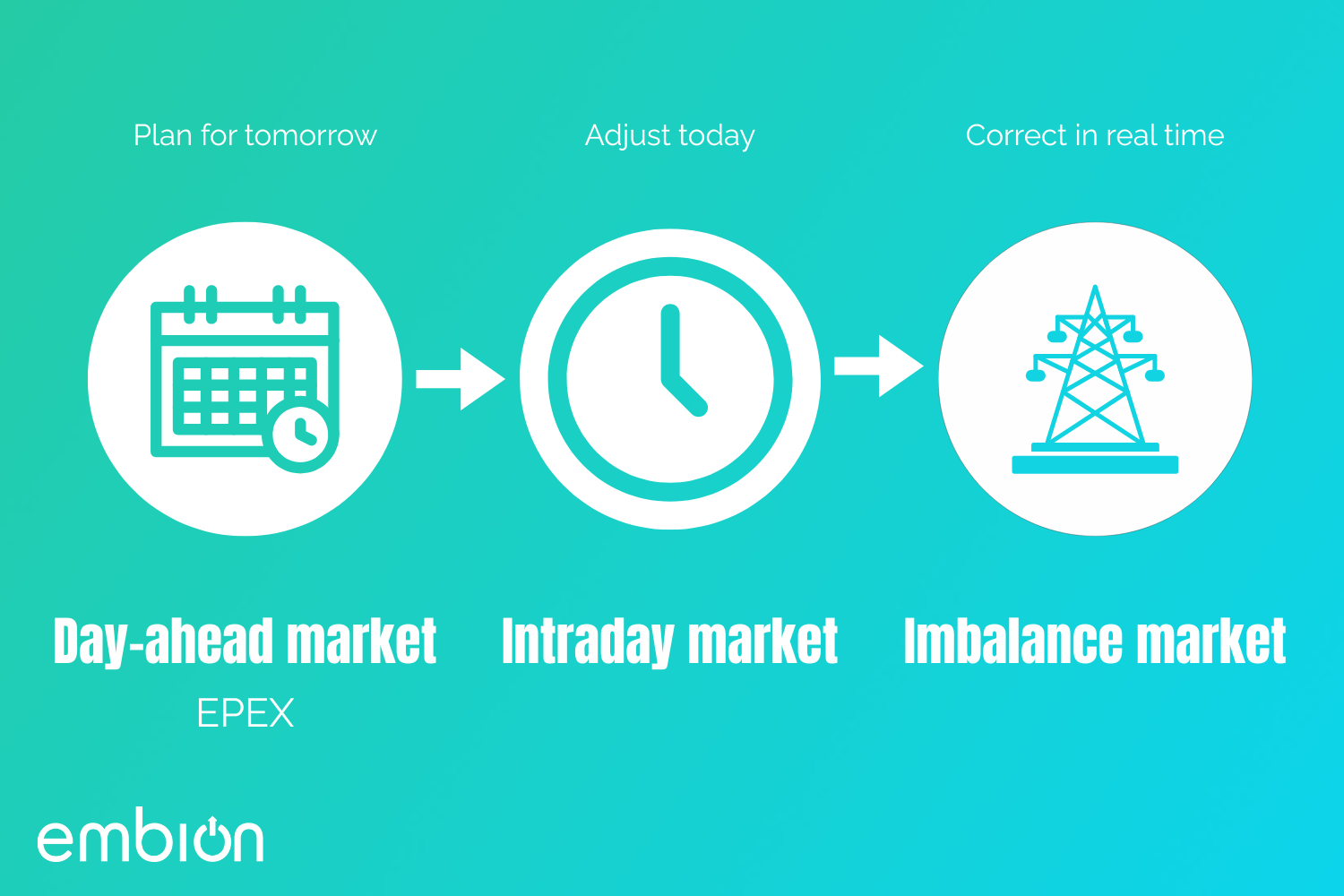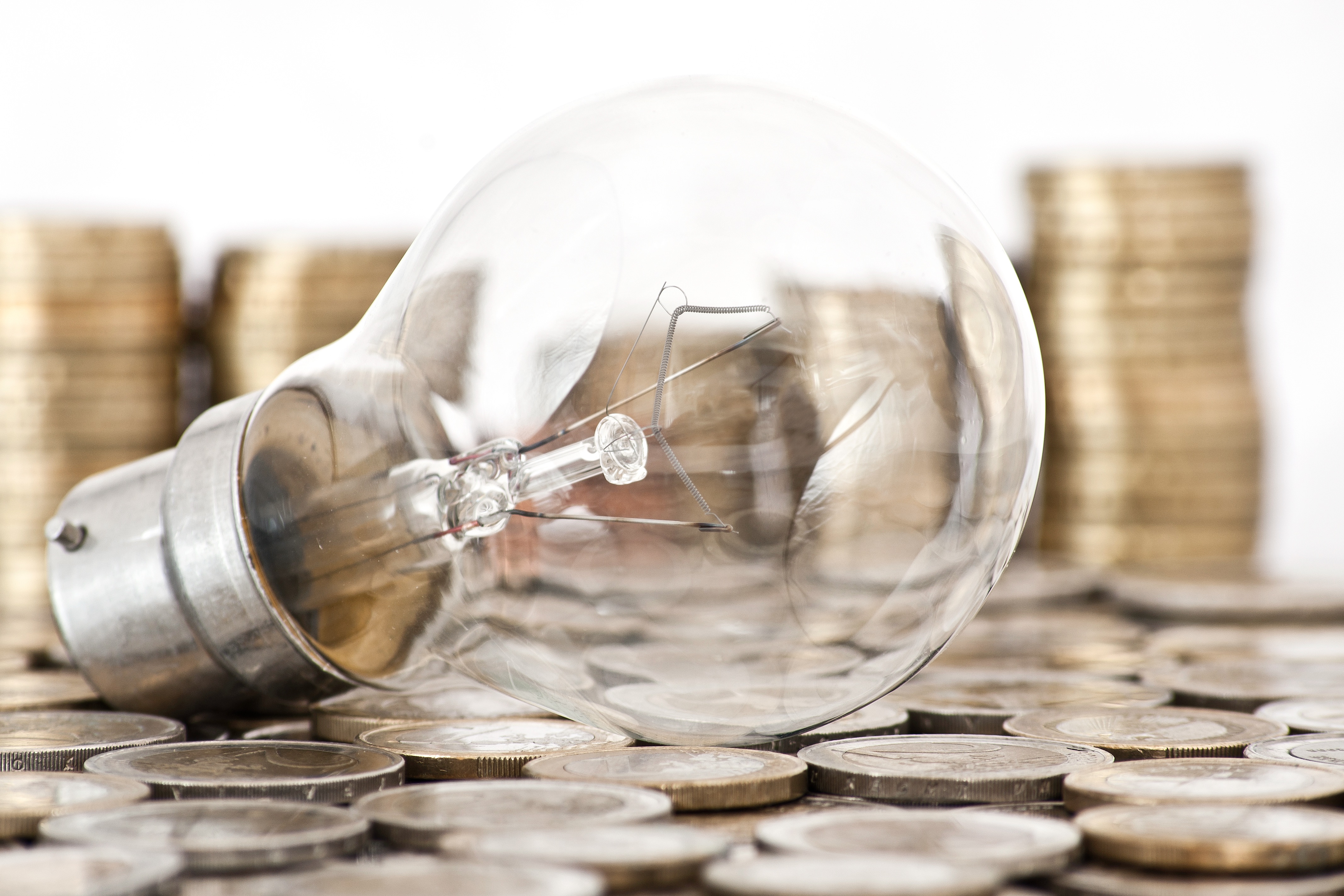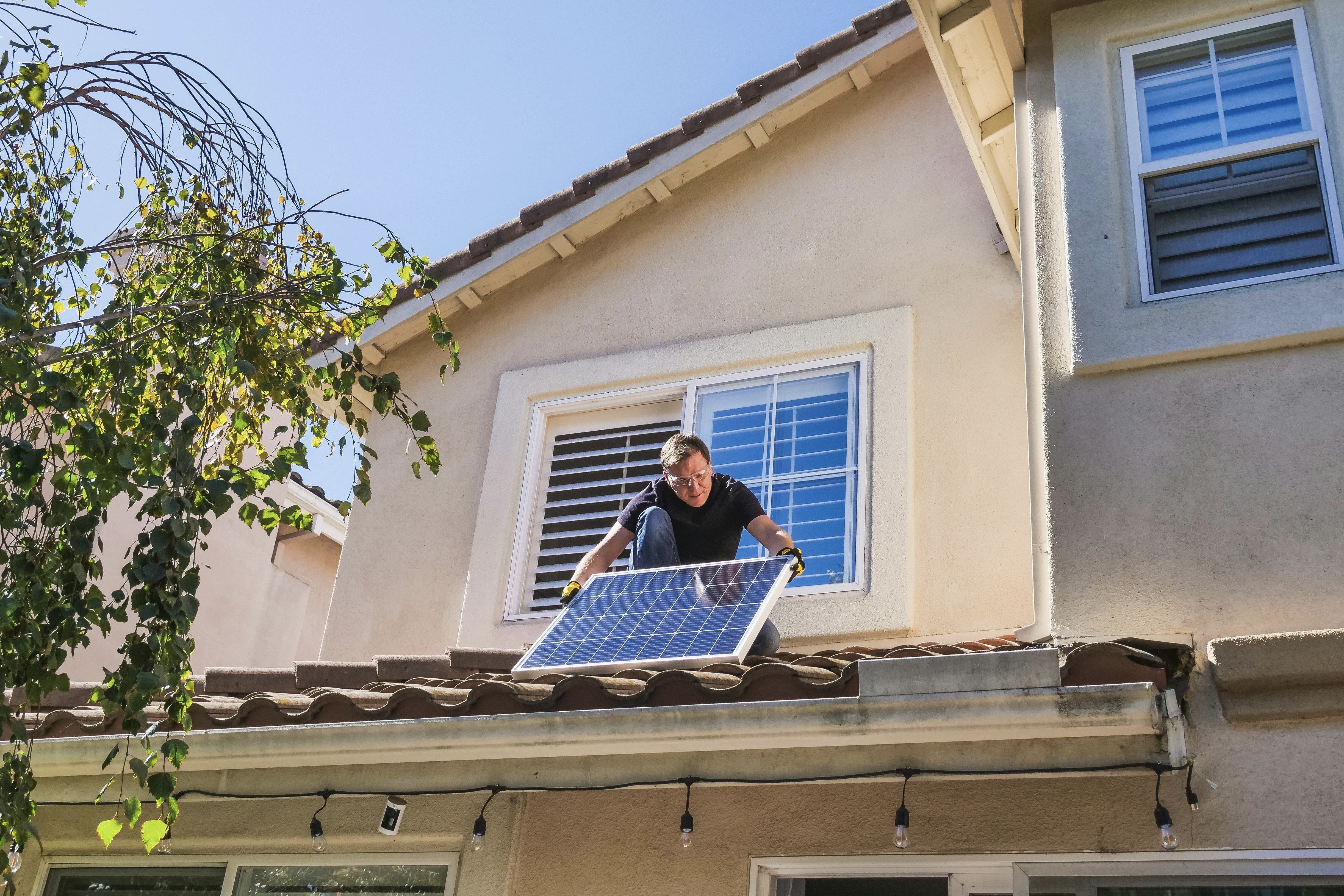Discover Embion's eHub solutions
At Embion, we believe in sustainable energy solutions for entrepreneurs. At a time when sustainability is no longer a choice but a necessity, we...
1 min read
Ronald Koenen
:
March 6, 2025

Negative energy prices are increasingly becoming a reality in the energy market. This happens when there is a surplus of electricity, for example due to high production of solar and wind energy at times when the demand is low. In such cases, energy prices can even fall below zero. For users with dynamic energy contracts, this means that feeding into the grid not only generates nothing, but actually costs money.
One of our customers noticed a sudden increase in their energy costs, despite delivering a significant amount of energy back to the grid. This was due to negative energy prices — moments when feeding energy into the grid not only generates no revenue but incurs costs. With the Embion EMS, we resolved this issue by optimizing energy usage and minimizing expenses.
The Embion EMS is designed to seamlessly respond to the ever-changing dynamics of the energy market. The system operates fully automatically, continuously monitoring EPEX prices. When prices turn negative, the EMS takes swift action: the energy generated is first used locally as efficiently as possible. If there is still a surplus, production is reduced by scaling down inverters, preventing energy from being fed into the grid at a loss.
Should negative prices persist, the system may even opt to draw energy from the grid. In such cases, the Embion EMS temporarily halts production, leveraging cheaper grid energy to create a financial advantage. Rather than incurring losses, this smart approach transforms a challenge into an opportunity — turning volatile market prices into potential profit.
As the energy market evolves, innovative technologies like the Embion EMS not only help businesses keep pace with change but empower them to capitalize on it.

At Embion, we believe in sustainable energy solutions for entrepreneurs. At a time when sustainability is no longer a choice but a necessity, we...

The energy market is changing rapidly. Where fixed contracts with peak and off-peak tariffs used to be the standard, we now increasingly see dynamic...

Once your company has an electricity connection greater than 3 x 80 amps, in the Netherlands, you are classified as a large-scale energy consumer....

Starting April 1, 2025, a new subsidy scheme will be available for companies looking to invest in flexible energy use. The Flex-E grant makes it...

It’s becoming an increasingly common issue: solar panel inverters automatically shutting down when the power grid becomes overloaded. This typically...

The energy transition is no longer a matter of the future, it’s the reality of today. Wind, solar, and the electrification of mobility and industry...